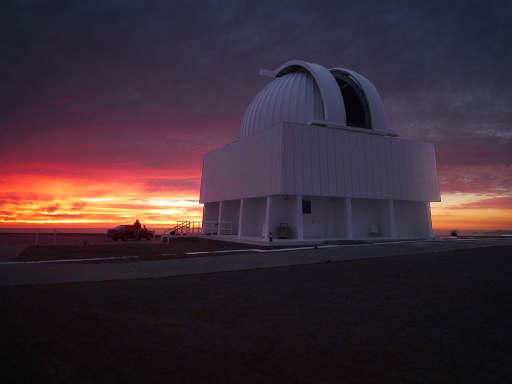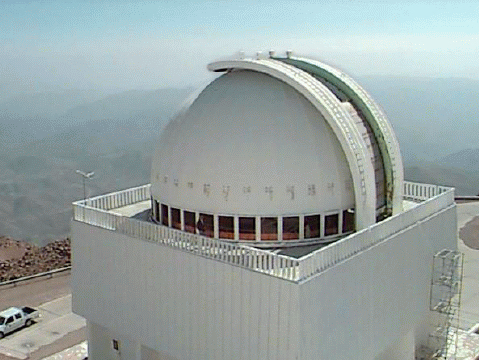Spectroscopic Subsystems in Nearby Wide Binaries
SMARTS PI Andrei Tokovinin has written a paper showcasing SMARTS CHIRON data. Read the abstract here: Radial velocity (RV) monitoring of solar-type visual binaries has been conducted at the CTIO/SMARTS 1.5-m telescope to study short-period systems. Data reduction is described, mean and individual RVs of 163 observed objects are given. New spectroscopic binaries are discovered or suspected in 17 objects, for some of them orbital periods could be determined. Subsystems are efficiently detected even in a single observation by double lines and/or by the RV difference between the components of visual binaries. The potential of this detection technique is quantified by simulation and used for statistical assessment of 96 wide binaries within 67 pc. It is found that 43 binaries contain at least one subsystem and the occurrence of subsystems is equally probable in either primary or secondary components. The frequency of subsystems and their periods match the simple prescription proposed by the author (2014, AJ, 147, 87). The remaining 53 simple wide binaries with a median projected separation of 1300 AU have the distribution of the RV difference between their components that is not compatible with the thermal eccentricity distribution f(e) = 2e but rather matches the uniform eccentricity distribution. Paper | CHIRON.


